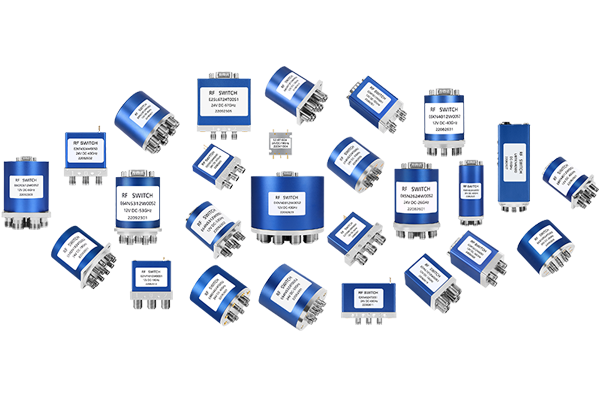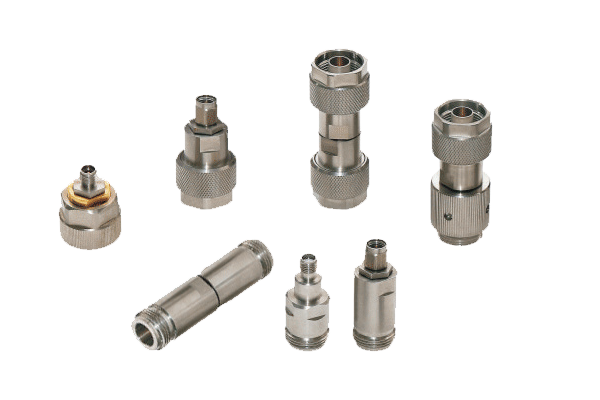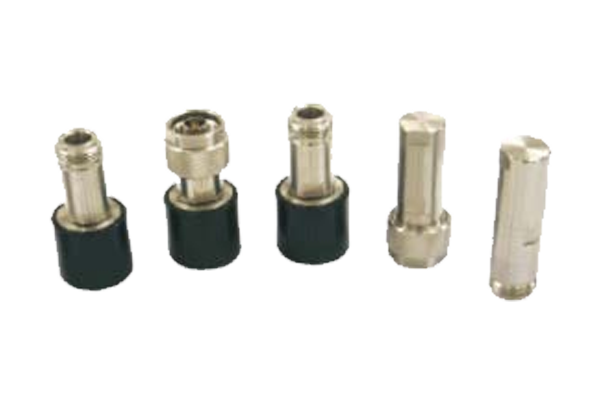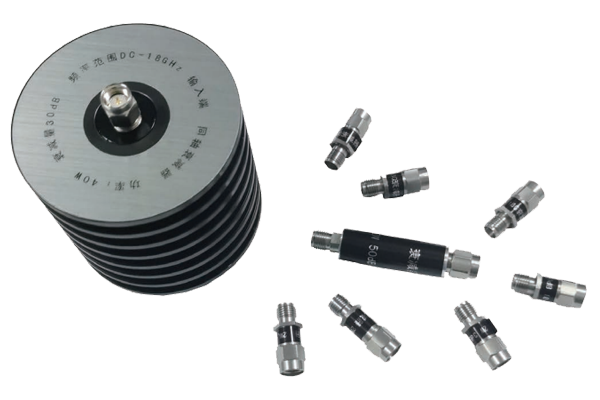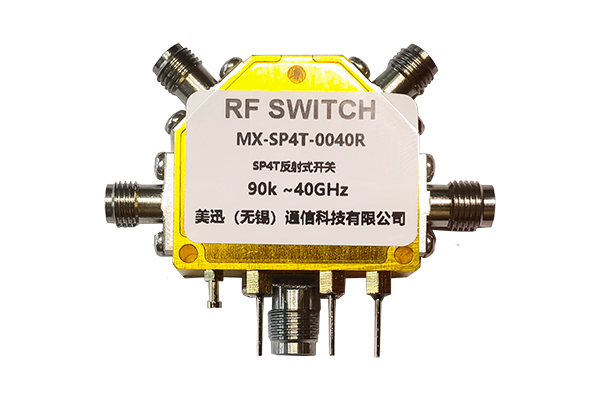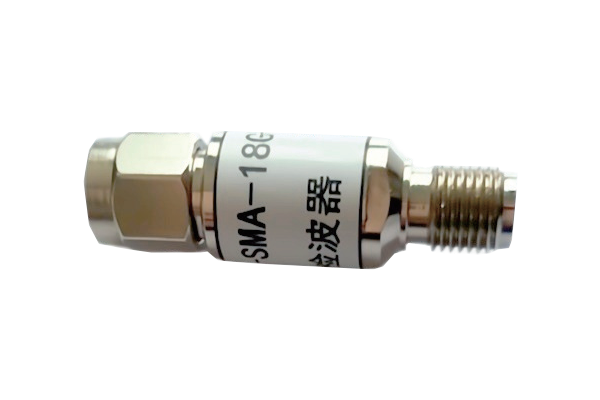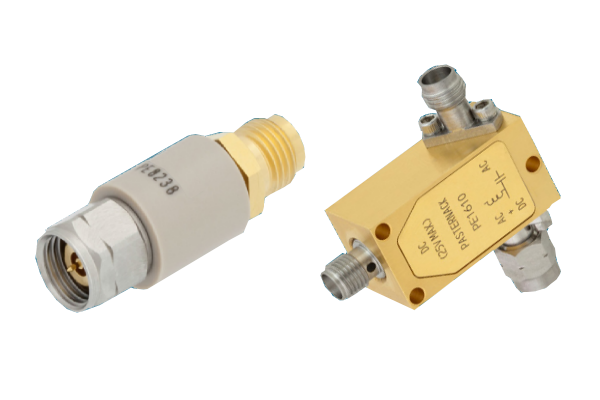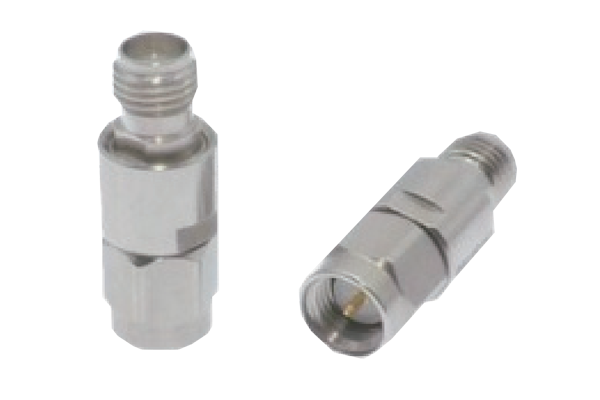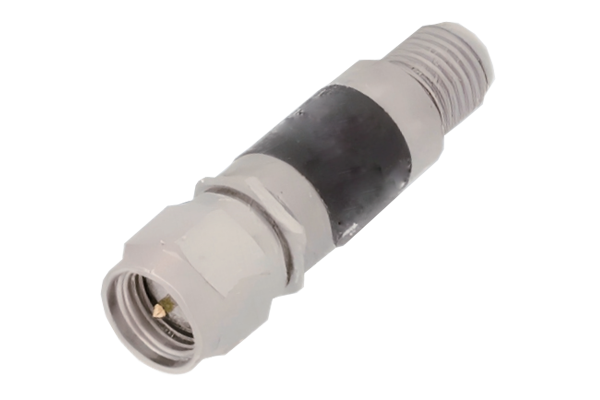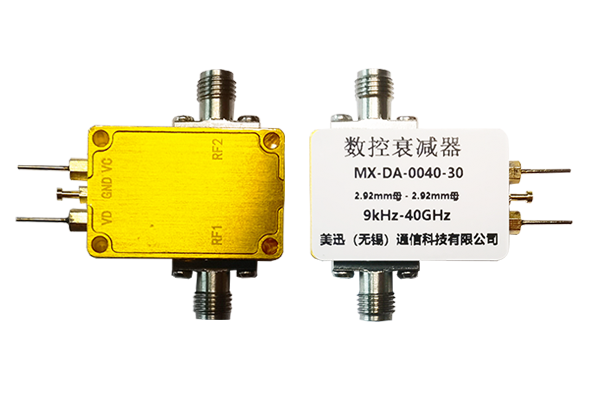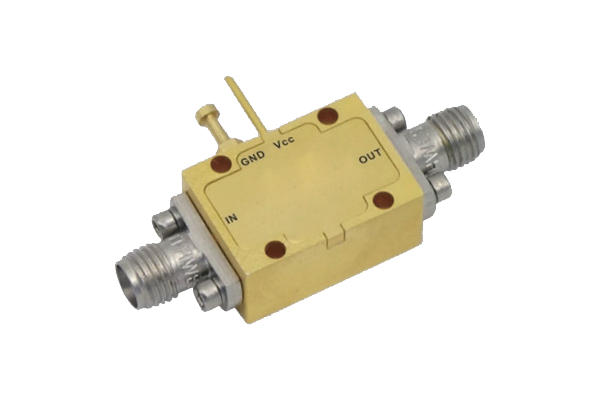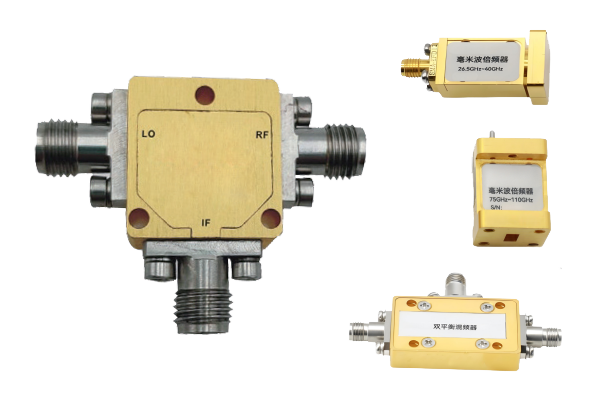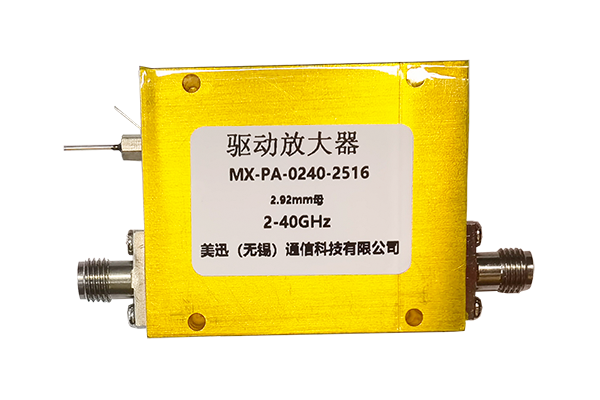How to Debug a Programmable Attenuator for Optimal Performance
Programmable Attenuator Debugging Guide
Essential steps for effective setup and troubleshooting of your programmable attenuator
Prepare the Environment Before Debugging
- First, ensure that the debugging environment meets the device's operating requirements.
- Maintain a stable ambient temperature to avoid extreme temperature fluctuations that could affect the programmable attenuator's performance.
- Clean the debugging area and remove any equipment that could generate electromagnetic interference.
- Prepare supporting test instruments, such as a signal generator and spectrum analyzer.
- Ensure that the cables connecting the programmable attenuator and the test instrument are intact and use cables with matching impedance.
Accurately Calibrate Core Parameters
- First, connect the programmable attenuator to the test system and set the initial parameters according to the device manual.
- Use a signal generator to output a standard signal, gradually adjust the attenuation value, and monitor the output signal strength in real time.
- Compare the actual measured values with the theoretical set values and adjust the internal calibration coefficients if deviations are found.
- During calibration, cover the programmable attenuator's full attenuation range to ensure accuracy at all settings.
- After calibration, save the calibration data to prevent loss of results in subsequent operations.
Thoroughly Troubleshoot Signal Interference Issues
- During debugging, if noise or fluctuations are detected in the output signal, investigate the source of the interference.
- Check the grounding between the programmable attenuator and the test instrument to ensure good grounding.
- Check the connectors to ensure they are tightly connected and free of looseness or oxidation.
- If interference persists, adjust the test system layout and implement shielding measures.
- Check the stability of the power supply to prevent power fluctuations from causing malfunctions in the programmable attenuator.
Conduct Long-Term Stability Verification
- After completing parameter calibration and interference troubleshooting, verify the programmable attenuator's long-term stability.
- Operate the programmable attenuator continuously under the specified operating conditions for a period of time.
- Regularly record the attenuation accuracy and fluctuations of the output signal.
- If performance drift occurs, analyze the cause and determine whether recalibration is necessary.
- Simulate the load variations encountered in actual application scenarios to ensure the programmable attenuator can function stably in real-world use.



